Invoice Letter Template for Professional Services
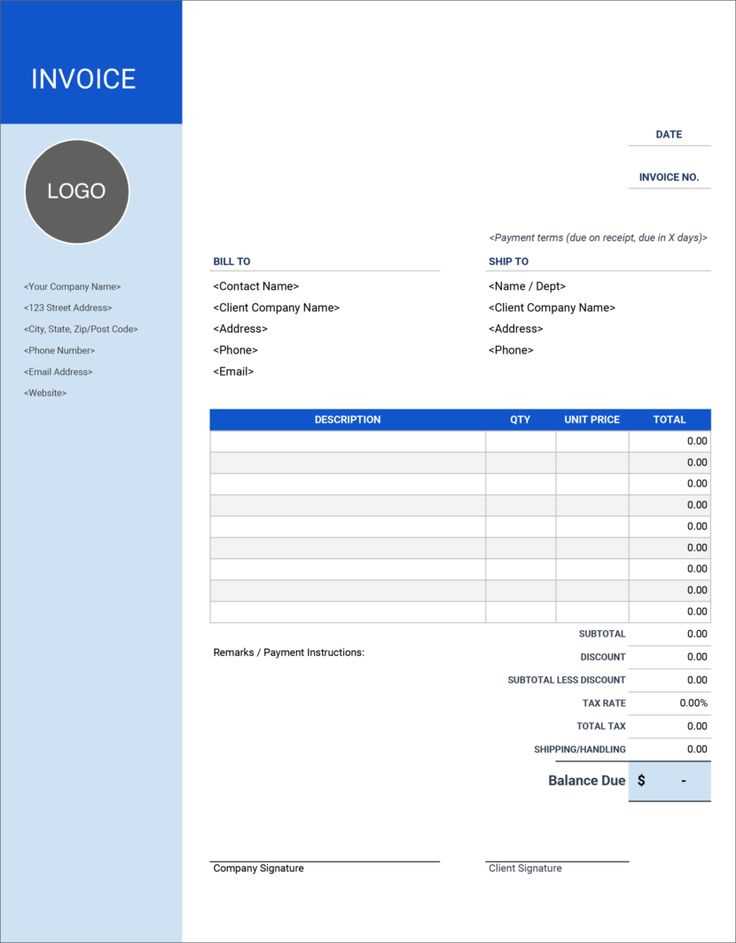
Creating a formal document for requesting payment is a crucial part of maintaining transparent and professional relationships with clients. This document ensures that both parties have a clear understanding of the transaction details, such as the amount owed, the work performed, and payment terms. It serves as both a formal request and a record of the completed engagement.
Key Components of a Billing Request
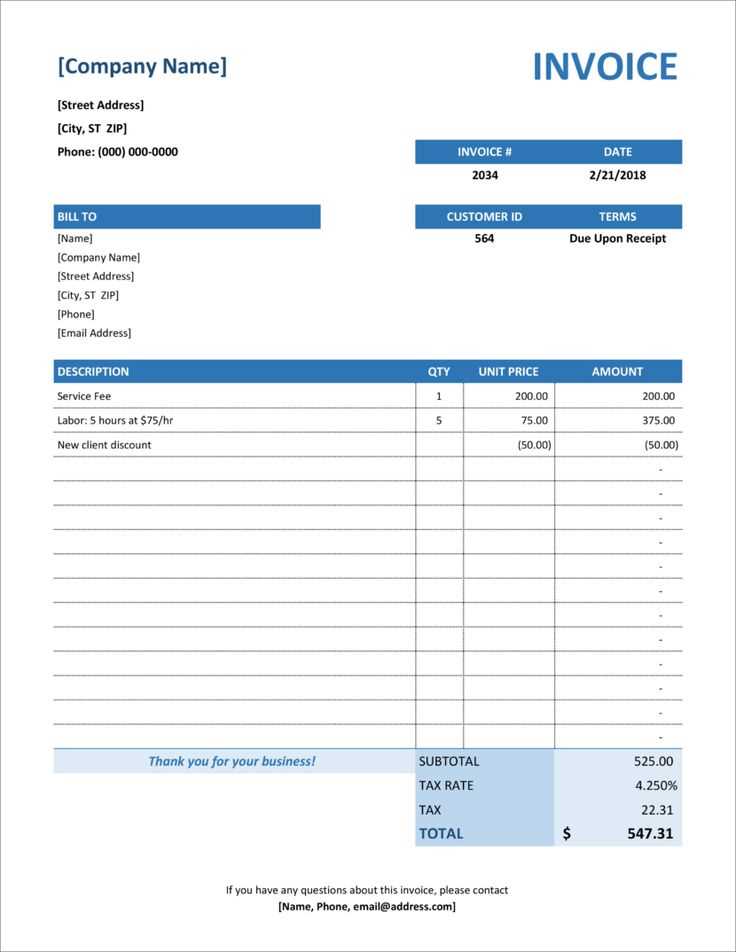
When drafting your request, it’s important to include essential information that allows the recipient to easily process the payment. The key components should include:
- Contact Information: Ensure that both your details and the client’s are clearly visible.
- Description of Work: Include a brief summary of the tasks completed and their associated charges.
- Amount Due: State the total amount expected in a clear and unambiguous manner.
- Due Date: Specify the date by which the payment should be made.
- Payment Instructions: Include details on how the payment should be made (e.g., bank transfer, online payment methods).
Customizing Your Document for Specific Needs
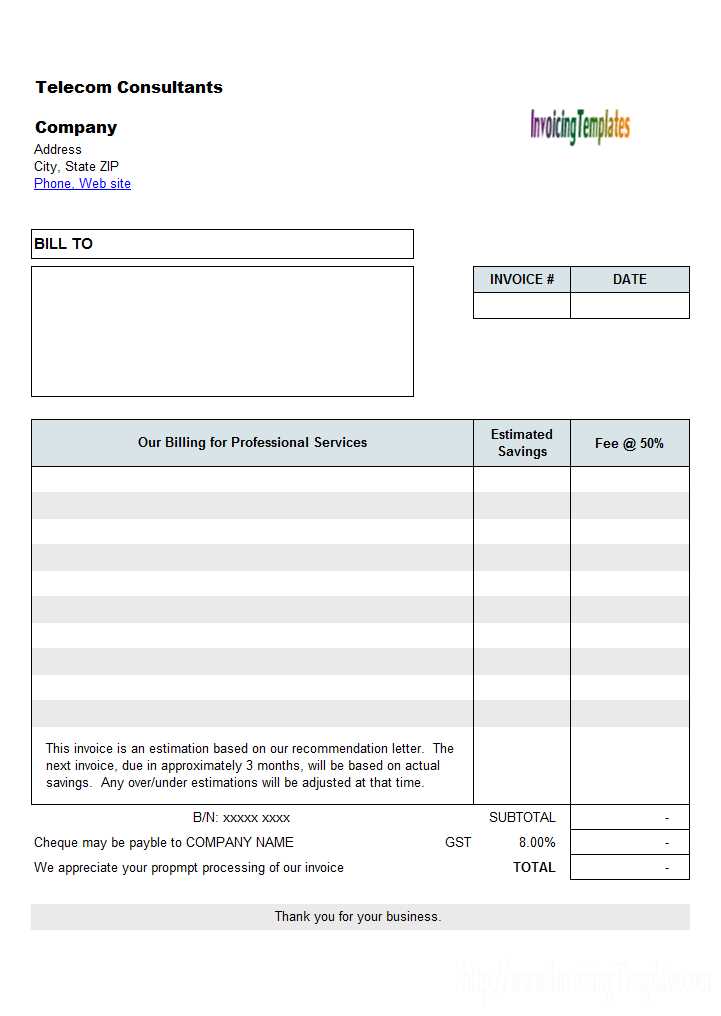
Every engagement is unique, so it’s important to adapt the document to fit the context. Depending on the type of work, you may need to adjust the way you present the information. Here are some things to consider:
- Simple versus Detailed Breakdown: For simple projects, a brief summary might be sufficient. For more complex tasks, break down the charges in more detail.
- Personalized Messages: Adding a brief thank you or note of appreciation can enhance the professional relationship.
- Flexible Payment Terms: If needed, you can offer payment installments or extended terms for larger projects.
Common Pitfalls to Avoid
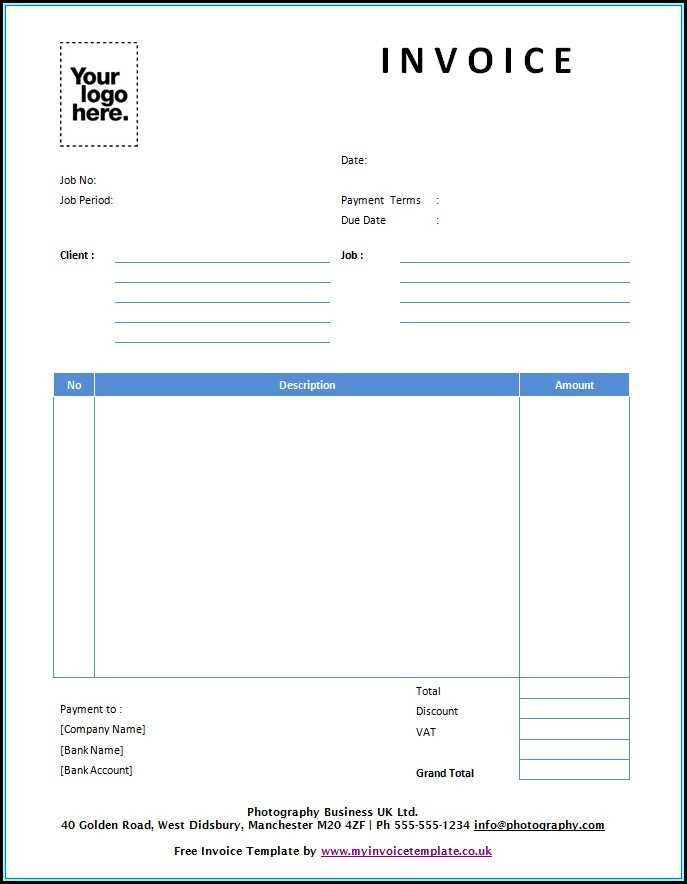
To maintain professionalism and avoid confusion, there are a few common mistakes to avoid:
- Failing to include all necessary contact details.
- Leaving out payment instructions or offering unclear terms.
- Overcomplicating the format or including too much information that could confuse the recipient.
- Not clearly specifying the due date or payment method.
Best Practices for Timely Payments
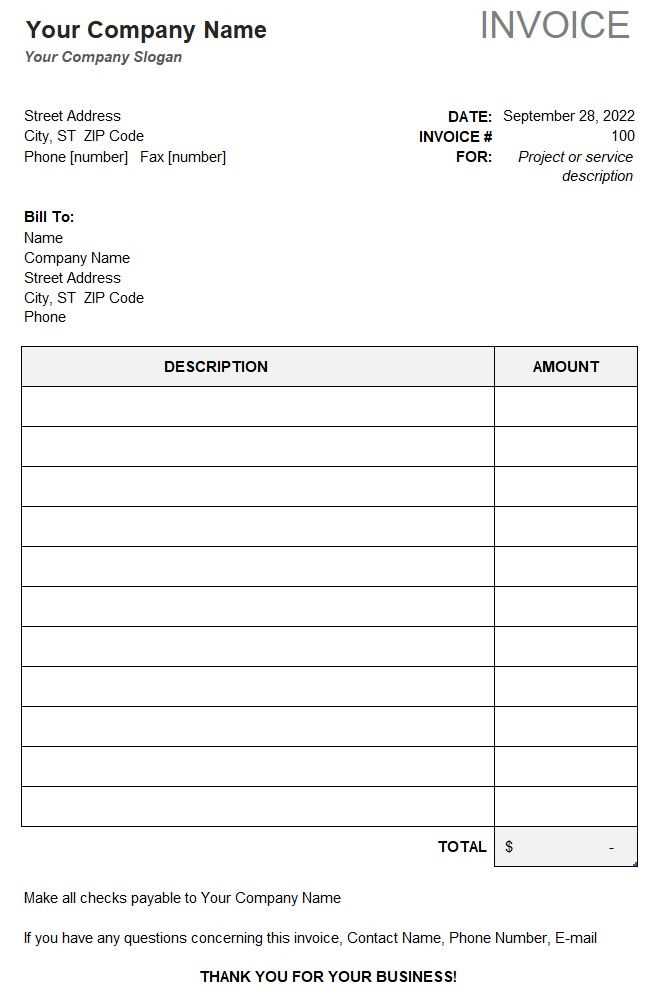
To encourage prompt payments, make your document easy to understand and ensure that all terms are clear. Here are some tips to enhance the likelihood of timely payment:
- Send it promptly: Don’t delay sending the document after the work is completed.
- Be polite but firm: Maintain a professional tone while making it clear when the payment is due.
- Follow up: If the payment is not made by the due date, send a courteous reminder.
Creating an Effective Billing Document
Drafting a formal request for payment is a vital aspect of any business relationship. A well-structured document not only communicates the required payment but also reinforces professionalism and clarity. To ensure smooth transactions, this document must be clear, detailed, and aligned with the terms agreed upon.
Key Elements to Include
Every request must contain certain fundamental details to ensure the recipient understands their obligations clearly. These include:
- Sender and Recipient Information: Clearly list your contact details and the recipient’s for easy reference.
- Work Summary: Provide a concise description of the tasks completed or products delivered, along with corresponding costs.
- Total Amount Due: Make sure the total sum requested is clearly visible and unambiguous.
- Due Date: Specify when payment is expected to avoid confusion.
- Payment Method: Include relevant details on how the payment should be processed (bank transfer, online payments, etc.).
Personalizing Your Document
Tailoring your request to reflect the specific nature of each engagement is crucial. Whether it’s a small task or a long-term project, personalizing the content adds a level of professionalism and attention to detail. Consider adjusting the document format, adding a personalized note, or specifying any particular terms relevant to the work completed.
Best Practices for Clarity and Professionalism
To ensure your request is clear and maintains professionalism, follow these best practices:
- Be Clear and Concise: Avoid unnecessary jargon and ensure the document is easy to follow.
- Maintain a Professional Tone: Even if the document is friendly, it should still convey seriousness and clarity.
- Double-Check Information: Ensure all figures, dates, and contact details are correct to avoid confusion later.
Avoiding Common Mistakes
There are several common errors that can cause issues in business transactions. Be mindful of the following:
- Leaving out essential details like payment methods or recipient contact information.
- Using vague or unclear descriptions of the work performed.
- Failing to specify the due date, leading to confusion or delayed payments.
Submitting Your Document
Once the request is finalized, it’s time to send it to the recipient. Ensure that you choose an appropriate method of delivery, whether it’s via email, postal service, or another platform. Be sure to confirm that it was received and keep a record for your own records.
Legal Considerations
Understanding the legal aspects surrounding a payment request is crucial. Ensure that the document adheres to relevant local laws, including payment terms, late fees, and the legal requirements for the type of transaction. Being familiar with these regulations will help avoid legal complications later.